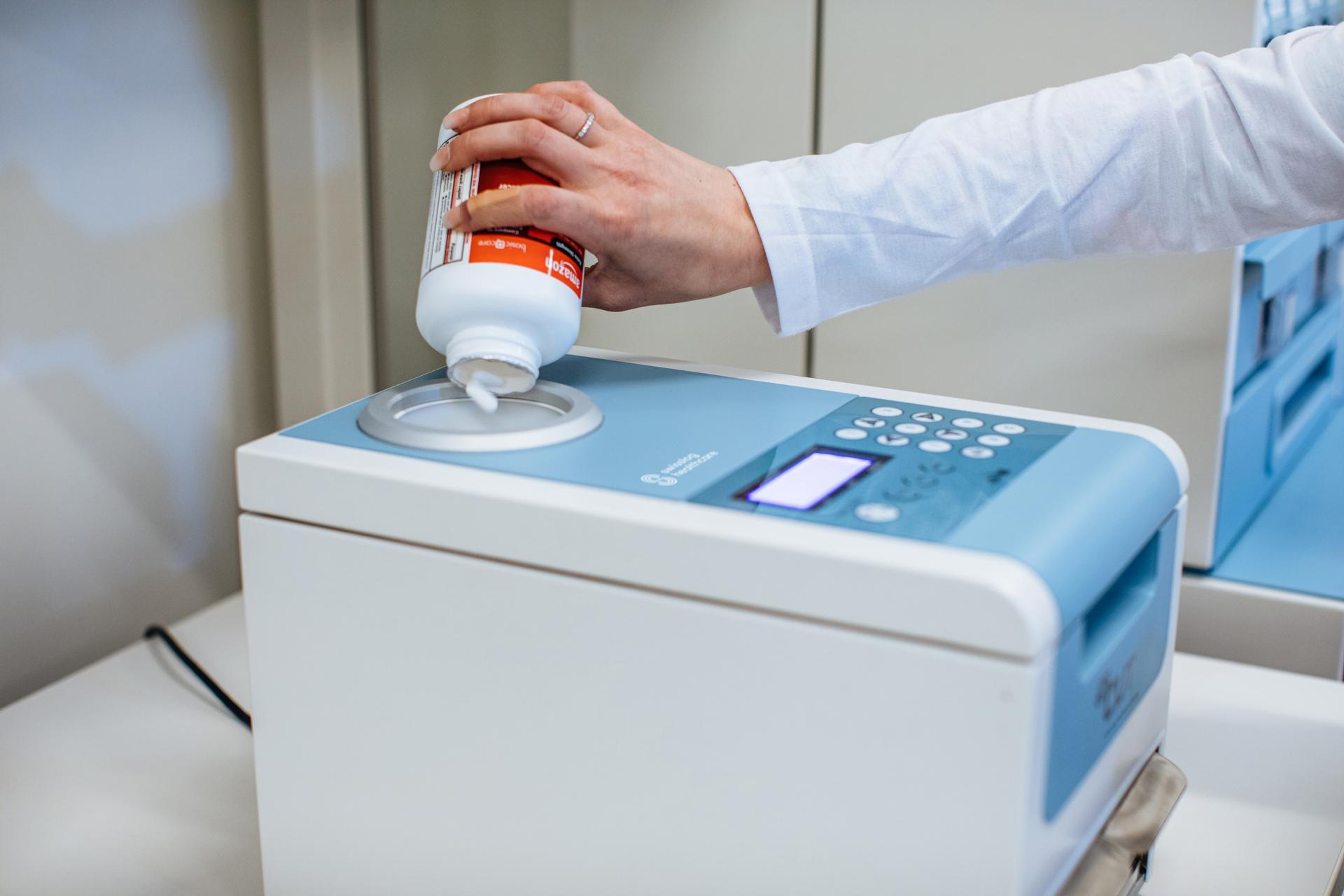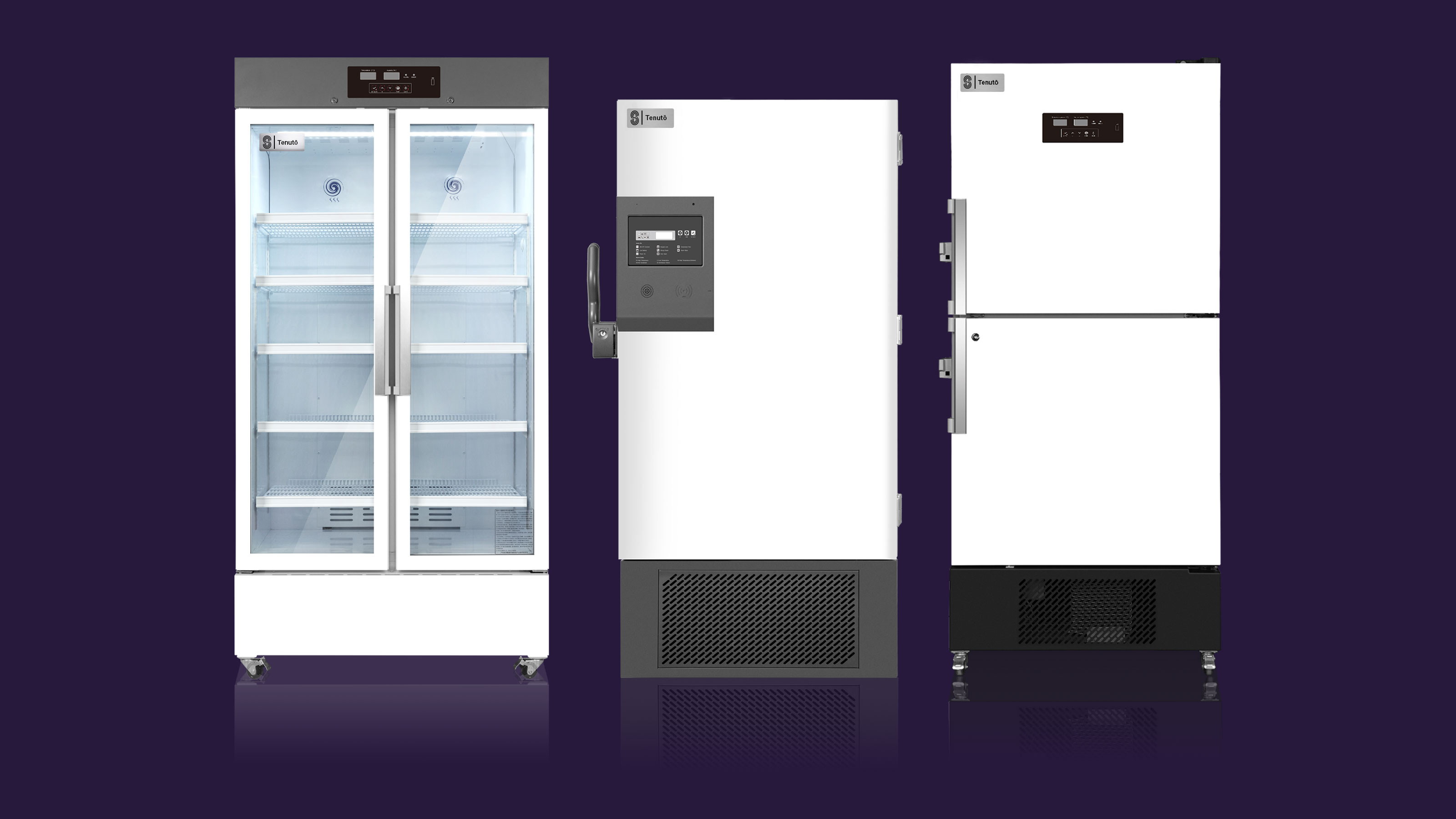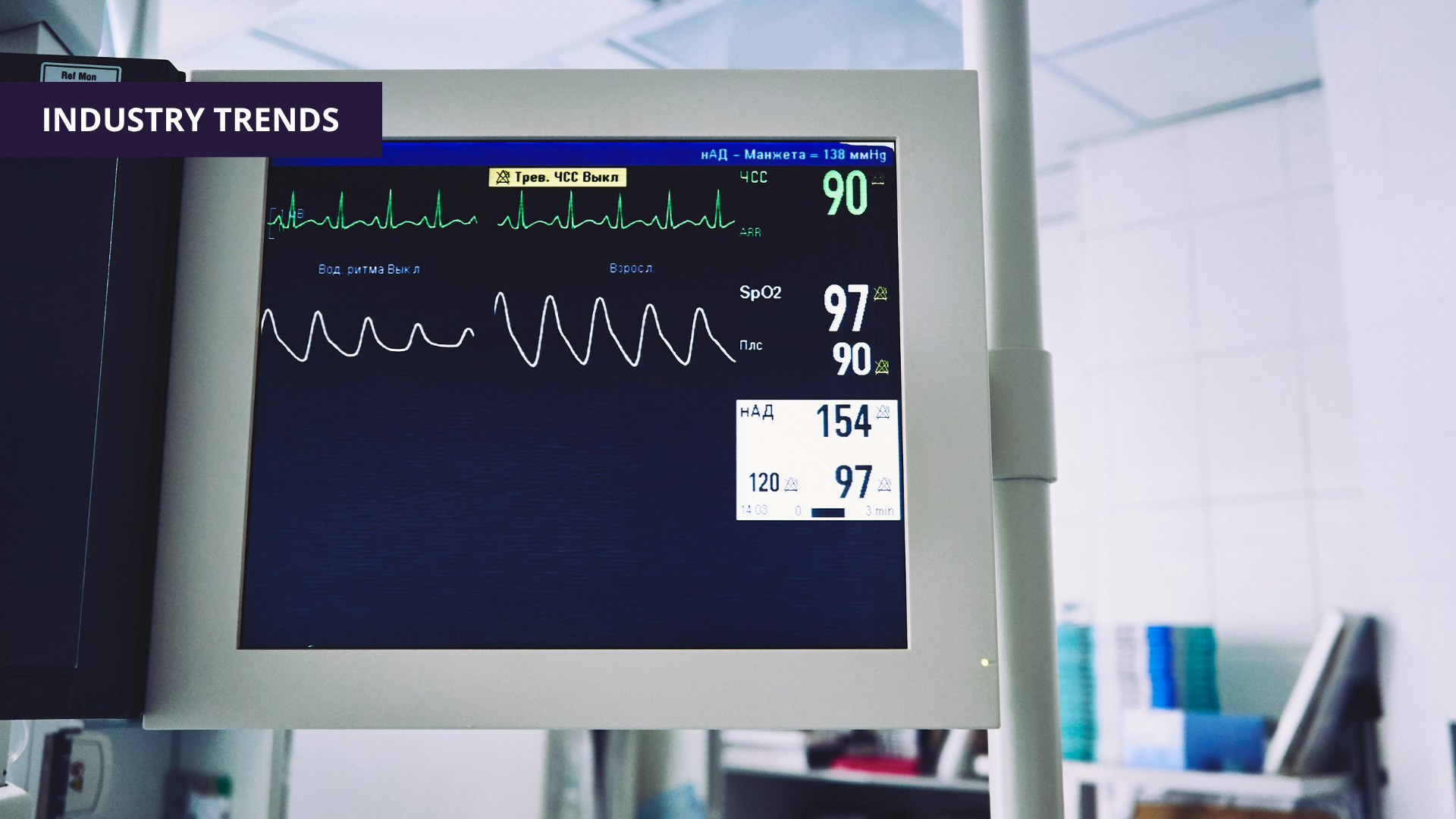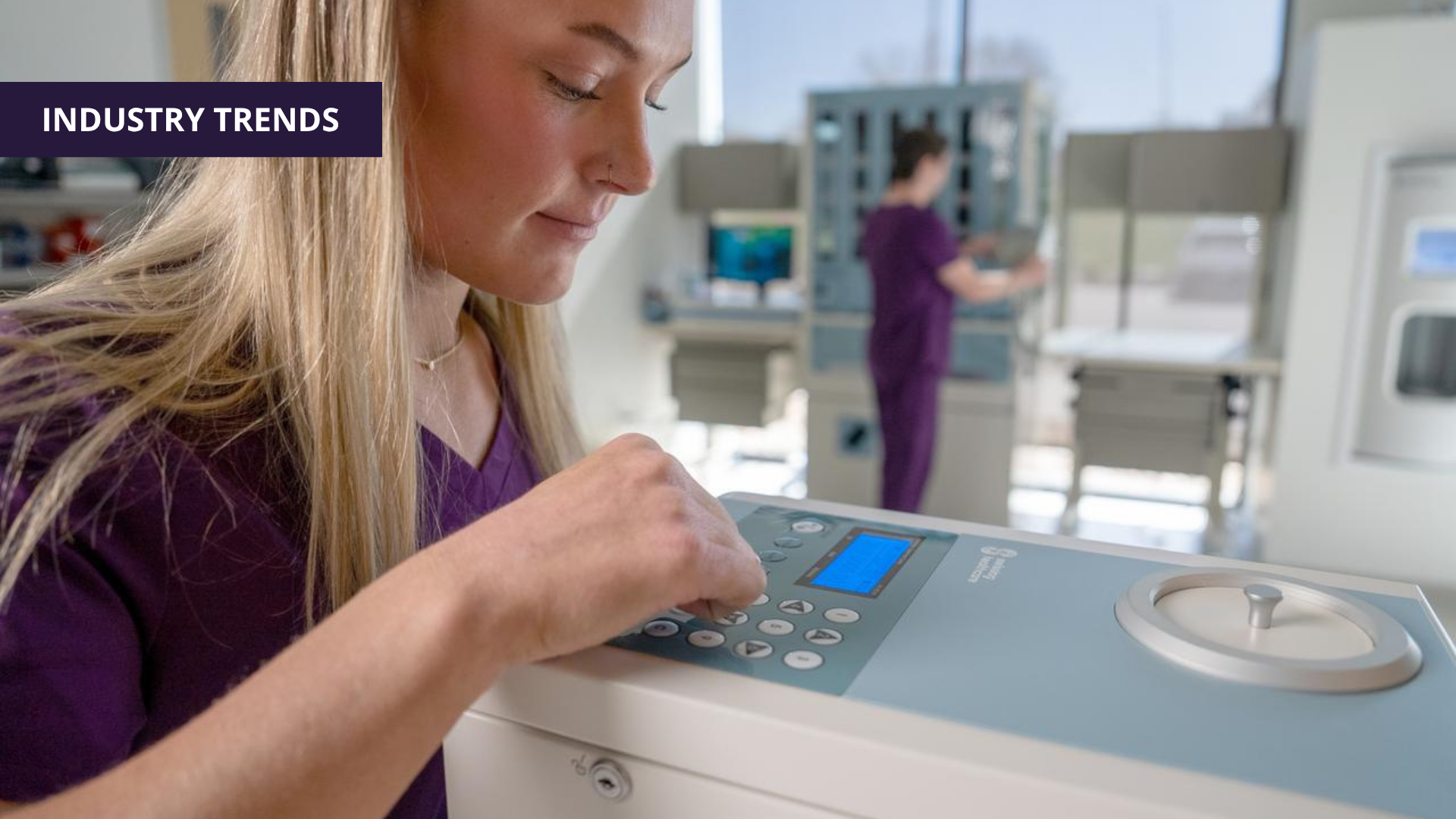Connie Vigil | 8 August, 2024
The State of Pill Cutting in Healthcare Facilities
In hospital operations, dividing tablets is necessary for accurate dosing—especially in children’s hospitals. Providing smaller doses is critical to these patients, as many drugs are not made in children-friendly doses. It is crucial, then, that medications are cut correctly. If a drug is cut inaccurately, this could lead to potential safety concerns. Should the cut produce a dose too small, the dose is not effective for the patient. Should the cut produce a dose too large, it can be too much and cause toxicity.
What’s more, pill cutting can bottleneck a pharmacy’s workflow. Manual tablet splitting can be time-consuming and tedious. Not surprisingly, it takes a technician longer to manually cut a tablet than to have a system do it for them. They also tend to be less accurate.
For patient safety, inpatient pharmacies can’t compromise on accuracy. If there is a specific dose they do not carry or is on back order, technicians must calculate the correct dose and make sure they split it to accurately obtain the dose they want to package in bulk. It is also important that those split tablets are packaged and completed in a timely manner for patients to receive their medications on time.
To address these challenges, companies are turning to automation. Automation technology significantly reduces the time-consuming process of manual tablet splitting while improving accuracy. This allows technicians to focus on other tasks while the system efficiently handles the splitting of hundreds of tablets. The technology can also separate broken or incorrectly cut tablets into one container, while correctly split tablets are placed into another thus ensuring that technicians receive accurately cut tablets without needing to inspect for faulty ones.
Why Pills Need to Be Cut
There are a couple of reasons why pills need to be cut. One of the most common is a lack of inventory for a certain dose. Medications are constantly on back order, which can be problematic for pharmacies when patients need a dose that is specific to their condition. In fact, a 2024 report from the American Society of Health-System Pharmacists (ASHP) states that drug shortages are at an all time high in the United States. Pharmacies must take advantage of available inventory and split a tablet to make the dose needed. Another situation is for children’s hospitals or hospitals that provide care for new mothers and babies. Infants need to have a dosing that may not be made or available.
Accuracy Matters in Pill Cutting
Pharmacies must be precise when providing medications, whether to nursing staff or directly to the bedside. Nurses and providers rely on the pharmacy to ensure the correct patient, medication, dosage, route, and timing. Pharmacists meticulously verify that the drug is intended for the correct individual, that it's the right medication and dose, administered via the correct route — whether oral or injectable — and that it's given at the proper time. Efficiency and accuracy are paramount in pharmacy operations, as every process must prioritize patient safety.










